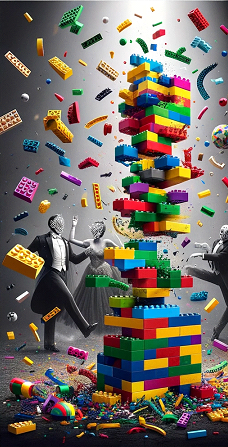From ancient tools to modern mental wellness must-haves, stress balls have come a long way.
Introduction
Stress relief often comes in the most unexpected forms. One such form? A small, squeezable object that fits in the palm of your hand. The journey of stress balls is a fascinating story of evolution, innovation, and cultural acceptance—transforming from simple novelties into essential tools for mental and physical well-being.
Ancient Roots: The Original Stress Relievers
Long before modern stress balls filled office drawers and therapy rooms, early versions already existed. The Chinese Baoding balls, also known as health balls, date back to the Ming Dynasty. Used in meditation and traditional medicine, they were believed to promote circulation, stimulate acupuncture points, and calm the mind through rhythmic hand movement.
Modern Makeover: Function Meets Innovation
Today’s stress balls are much more than foam-filled spheres. They come in a wide range of materials, resistance levels, and even incorporate technology. From memory foam for gentle, slow-rebound squeezing to firmer options for grip strength training, modern stress balls are designed with ergonomics and mental wellness in mind.
Some advanced models feature:
-
Biofeedback sensors to track squeeze strength
-
LED lights and haptic responses for sensory regulation
-
Textured surfaces for tactile stimulation
This innovation reflects a broader shift in how we view stress-relief tools—not as gimmicks, but as serious supports for emotional health.
Stress Balls in Everyday Life
🏢 In the Workplace
Stress balls are now a familiar sight in corporate environments. Whether you’re facing a tough meeting, prepping for a presentation, or trying to stay calm during a long video call, squeezing a stress ball helps release nervous energy and improve focus.
🎒 In the Classroom
For students—especially those with ADHD or sensory processing differences—stress balls offer a discreet, non-disruptive way to stay engaged. Teachers report better concentration, reduced fidgeting, and increased self-regulation in classrooms that allow these tools.
🏥 In Healthcare Settings
Occupational therapists and mental health professionals recommend stress balls for:
-
Reducing anxiety
-
Grounding clients during therapy
-
Rebuilding hand strength during physical rehabilitation
They’re simple, effective, and adaptable—ideal for clinics, hospitals, and at-home use.
Conclusion: Small Tools, Big Impact
The evolution of stress balls mirrors a deeper cultural shift: we’re becoming more open to small, everyday tools that support mental health. Whether rooted in ancient wisdom or modern neuroscience, the humble stress ball proves that even the simplest solutions can be powerfully effective.
💬 Ready to Try It Yourself?
Next time you feel tension rising, reach for a stress ball. Not just as a quick fix—but as a small act of care for your body and mind.
📢 Want More Mind-Body Insights?
Subscribe to the blog.



